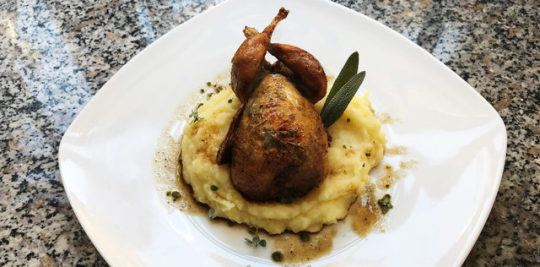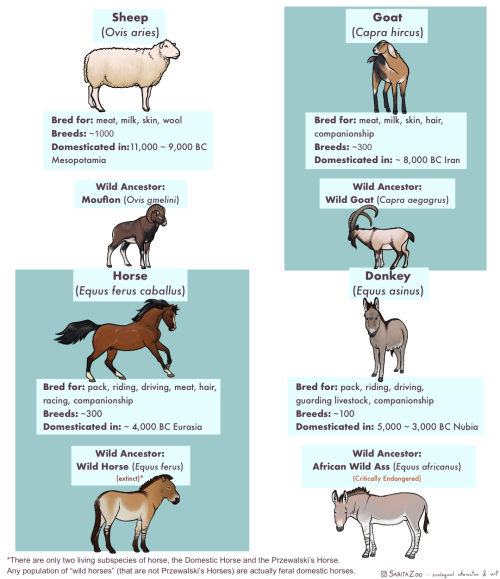Quail - Blog Posts
Alright, I had to give him the topknot.

The knowledge that Dedede isn't actually a penguin and is in fact some unknown species of bird is still messing me up, but on the bright side that means I can do whatever I want with his species traits in stories >:)
I'm gonna give him some penguin and quail characteristics. I honestly like the quail idea to explain his r o u n d n e s s .
The knowledge that Dedede isn't actually a penguin and is in fact some unknown species of bird is still messing me up, but on the bright side that means I can do whatever I want with his species traits in stories >:)
How To Raise Quail Video
A lot of people want to discover how to raise quail for profit. To get started with raising healthy quail, you can visit: How To Raise Quail
How To Raise Quail
Raising quail is no doubt profitable, which is why a lot of livestock farmers are now raising quail. To get started today in raising your very own healthy quail, check out: >>> How To Raise Quail For Profit...
If you not sure if quail farming is for you, get a professional review of the best way to get started with raising your very own profitable quail, check out: >>> Raising Profitable Quail....
Raising quail is not costly, easy, provides very healthy less fat white meat, and offers the fertilizer you require for your garden. The initial start-up costs for rearing quail are well worthwhile. It you are considering going into the business of farming quail or else you are already in the business, you have one major goal, to make a revenue. For people who desire to take their farming quail hobby to the next level of manufacturing and marketing large numbers as a business, there is a large market for them out there right now. The cost of feed and supplies is minimal considering all the meat and eggs you get for your efforts. Raising Quail however does require more than just food and equipment. It also needs a commitment by you, to keep a clean and healthy environment. When raising quail, disease is your biggest opponent. Studies in this field have found that 80% of quail mortality may have been prevented with proper management. Newbies must begin with the Coturnix quail. The Japanese or Coturnix quail are the speediest growing and reproducing birds. Also, they are the best specie of quail to raise for meat and eggs. These quail own an amazing resistance to disease, begin laying at 6 weeks of age, and may be consumed at four to five weeks of age. Coturnix and lots of other types of quail and their eggs are marketed the year through by game bird farms all over the world. Maintaining the same quantity of hours under lighting will keep your Coturnix quail laying eggs through the year. Take note that Coturnix quail kept outside the house will not lay past autumn so if you would like eggs year round, they should be kept indoors. Under the right conditions, each female bird will lay about 300 eggs each year. Quail eggs are also a delightful delicacy served in many professional kitchens. It takes about 3 Coturnix quail eggs to equal one small chicken egg. A lot of producers contract a year or two ahead for the sale of their birds or eggs. When beginning any kind of business, your goals should be to keep overhead as low as possible and get a fast turn around on your investment. Raising the Coturnix quail in my opinion is the best way to get this and start your quail raising business.

🇮🇹Vi suggerisco un delizioso secondo piatto, adatto ai pranzi o alle cene di queste festività natalizie. Sto parlando della quaglia arrosto con salsa al mandarino e puré di patate 😋 Cliccate sul link per leggere la ricetta. Troverete anche la versione in lingua italiana ☺️
🇬🇧 I suggest you a delicious second course which is ideal for lunches or dinners of these Christmas holidays. I'm talking about the roasted quail with mandarin sauce and mashed potatoes 😋 Click on the link to read the recipe.











Phew. This one took, uh… a bit longer than expected due to other projects both irl and art-wise, but it’s finally here. The long-awaited domestic animal infographic! Unfortunately, I didn’t have enough space to cover every single domestic animal (I’m so sorry, reindeer and koi, my beloveds) but I tried to include as many of the “major ones” as possible.
I made this chart in response to a lot of the misunderstandings I hear concerning domestic animals, so I hope it’s helpful!
Further information I didn’t have any room to add or expand on:
🐈 “Breed” and “species” are not synonyms! Breeds are specific to domesticated animals. A Bengal Tiger is a species of tiger. A Siamese is a breed of domestic cat.
🐀 Different colors are also not what makes a breed. A breed is determined by having genetics that are unique to that breed. So a “bluenose pitbull” is not a different breed from a “rednose pitbull”, but an American Pitbull Terrier is a different breed from an American Bully! Animals that have been domesticated for longer tend to have more seperate breeds as these differing genetics have had time to develop.
🐕 It takes hundreds of generations for an animal to become domesticated. While the “domesticated fox experiment” had interesting results, there were not enough generations involved for the foxes to become truly domesticated and their differences from wild foxes were more due to epigenetics (heritable traits that do not change the DNA sequence but rather activate or deactivate parts of it; owed to the specific circumstances of its parents’ behavior and environment.)
🐎 Wild animals that are raised in human care are not domesticated, but they can be considered “tamed.” This means that they still have all their wild instincts, but are less inclined to attack or be frightened of humans. A wild animal that lives in the wild but near human settlements and is less afraid of humans is considered “habituated.” Tamed and habituated animals are not any less dangerous than wild animals, and should still be treated with the same respect. Foxes, otters, raccoons, servals, caracals, bush babies, opossums, owls, monkeys, alligators, and other wild animals can be tamed or habituated, but they have not undergone hundreds of generations of domestication, so they are not domesticated animals.
🐄 Also, as seen above, these animals have all been domesticated for a reason, be it food, transport, pest control, or otherwise, at a time when less practical options existed. There is no benefit to domesticating other species in the modern day, so if you’ve got a hankering for keeping a wild animal as a pet, instead try to find the domestic equivalent of that wild animal! There are several dog breeds that look and behave like wolves or foxes, pigeons and chickens can make great pet birds and have hundreds of colorful fancy breeds, rats can be just as intelligent and social as a small monkey (and less expensive and dangerous to boot,) and ferrets are pretty darn close to minks and otters! There’s no need to keep a wolf in a house when our ancestors have already spent 20,000+ years to make them house-compatible.
🐖 This was stated in the infographic, but I feel like I must again reiterate that domestic animals do not belong in the wild, and often become invasive when feral. Their genetics have been specifically altered in such a way that they depend on humans for optimal health. We are their habitat. This is why you only really see feral pigeons in cities, and feral cats around settlements. They are specifically adapted to live with humans, so they stay even when unwanted. However, this does not mean they should live in a way that doesn’t put their health and comfort as a top priority! If we are their world, it is our duty to make it as good as possible. Please research any pet you get before bringing them home!
My Interesting Opinion
Every animal can be matched to a high school student “stereotype”
Ravens are goths. Not crows, never crows.
That brings me to my next point. Crows are theater kids. Look up any crow behavior, and you will see theater kid written all over it
Orange cats are Himbo jocks. No I won’t explain.
Pandas are also himbos, but they aren’t jocks
Raccoons are the loners that create a friend group together
I have this thing with Quails… they just seem like wannabe mean girl material
if you have any other animals, please tell me. I just wrote down the ones I could think of right now